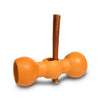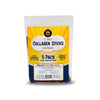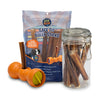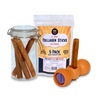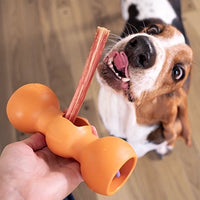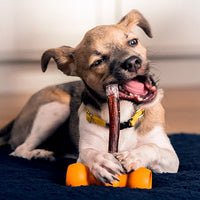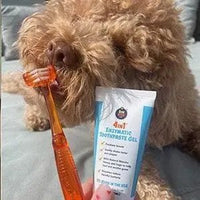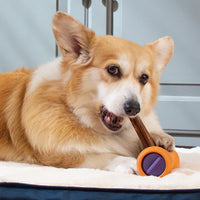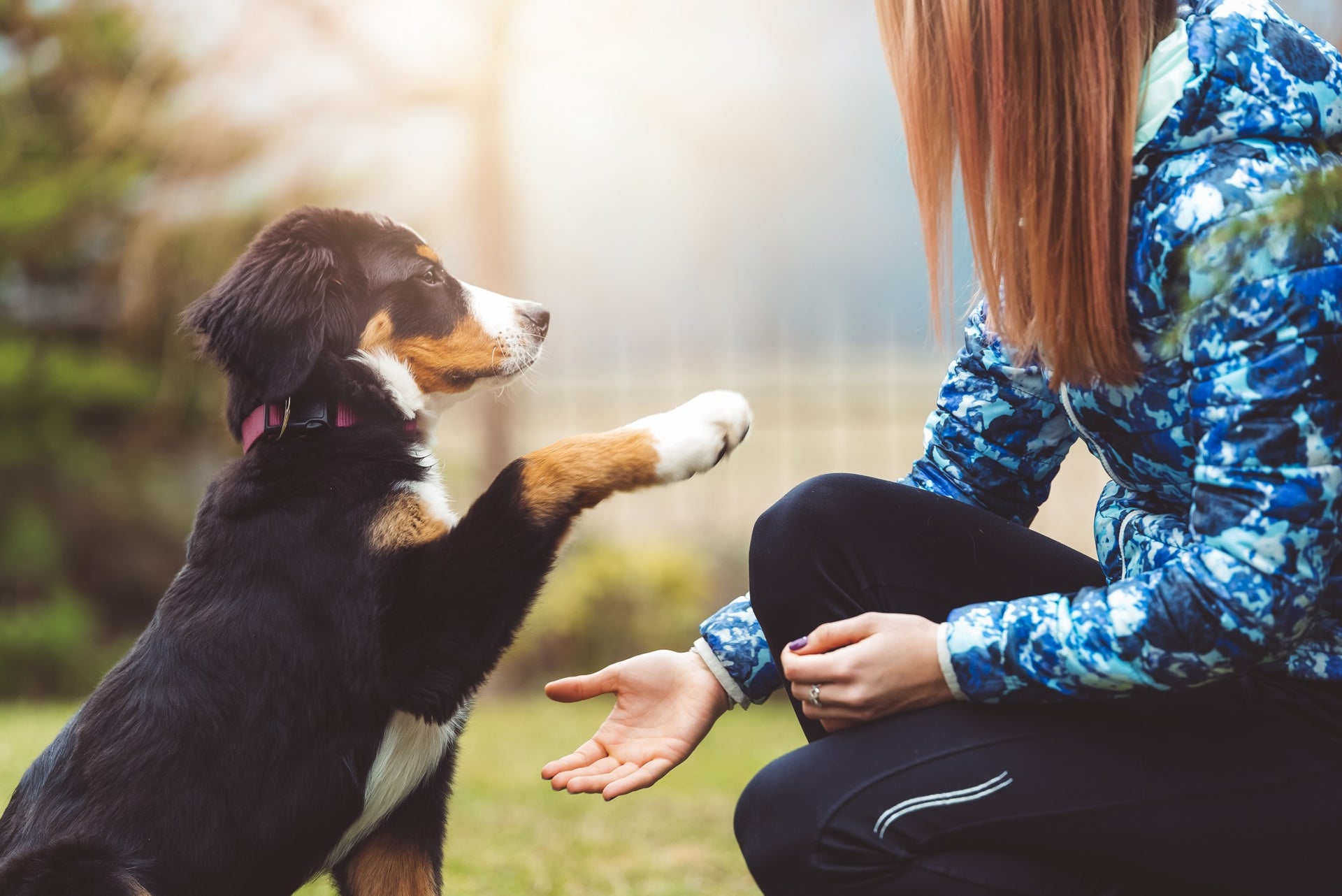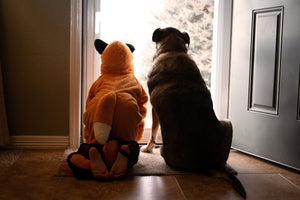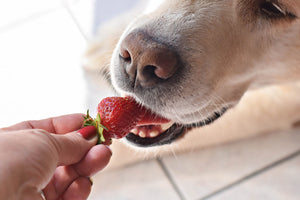
Pet Safety, Pet Health and Pet Happiness - these are the core pillars of Bow Wow Labs’ mission. To make sure we continue to innovate our products and services to maximize these outcomes for dogs everywhere, we rely on the cooperation and guidance of leading experts in the field. Since January is National Train Your Dog Month, we spoke with our very own pet training expert, Kim Hawkins, about mastering dog ownership.
Kim is a graduate of the Bergin University of Canine studies, an organization that breeds, trains, and places service dogs. She has trained pups from birth to 2 years in up to 140 commands, and placed them with people that are disabled or have PTSD, in schools and other facilities.
Dog Training 101
“Puppies are like babies,” Kim says, “It can be terrifying to bring them home, and you second guess everything you do!”
Establishing your relationship with your new dog is a very important part of the dog’s transition into your home. These 5 tips will help you form a strong relationship with your new dog and make the transition into long-term love easy for everyone.
1. Bringing your puppy home
Gift your dog something with your scent on it, so the dog learns your smell - like a t-shirt you’ve worn for a few days and not washed. When you get home, this can go in the dog’s crate to serve as something familiar and comforting.
Make sure you have everything you need for your dog’s arrival including food, treats, bowls, leash, harness, crate, bully buddy. This will help you form a solid training routine much more quickly.
2. Toileting
Let them know where you want them to go potty. Practice going there right after eating and drinking. This is not play time. In fact, if it’s an option, consider using two different doors for each purpose – one for potty time, and one for play time.
3. Playtime!

Provide a variety of appropriate toys and rotate them. Consider keeping them in a basket, enabling the pup to self-entertain. You can even train your pup to go get a toy and return it to the basket by singing “clean up, clean up, everybody, everywhere...” What? You don’t sing songs with your dog? Just us?
Teething toys can be a great soothing and rewarding option for when your pup tries to bite you or other inappropriate things. Simply offer them something that’s appropriate. If biting continues, remove yourself or the object being bitten/chewed.
4. Crate training

“I know, it’s the least favorite part of training a puppy or a new dog,” Kim says, “but if you do it right it will become your puppy’s safe place, and he’ll even put himself to bed when tired/overstimulated.”
To crate train, take it slow. Encourage them into the crate to explore. Put your t-shirt in there and give them a toy or treat for going in. Gradually close the door, then open it. Lengthen the period of time it is closed gradually. Leave them in the crate with a stimulating toy so they associate the crate with positive experiences.
The first night your pup spends in the create alone, they may whine or bark. Don’t give in and let him out. You might say things like ‘quiet Sammy’ or ‘settle down’ in a firm but reassuring voice.
5. Establishing a routine
Establishing a routine for feeding time, toileting, training and play time will lead to a successful schedule for both you and your pup. New puppies and rescue dogs alike benefit from structure and routine - it allows them to feel safe in their environment when they know what to expect.
Coming up: More training tips!
We’ll be chatting with Kim again about dog training tips for dogs of all ages, temperaments and ages. Next up we’ll look at different dog temperaments and the best training programs for your dog’s personality.



